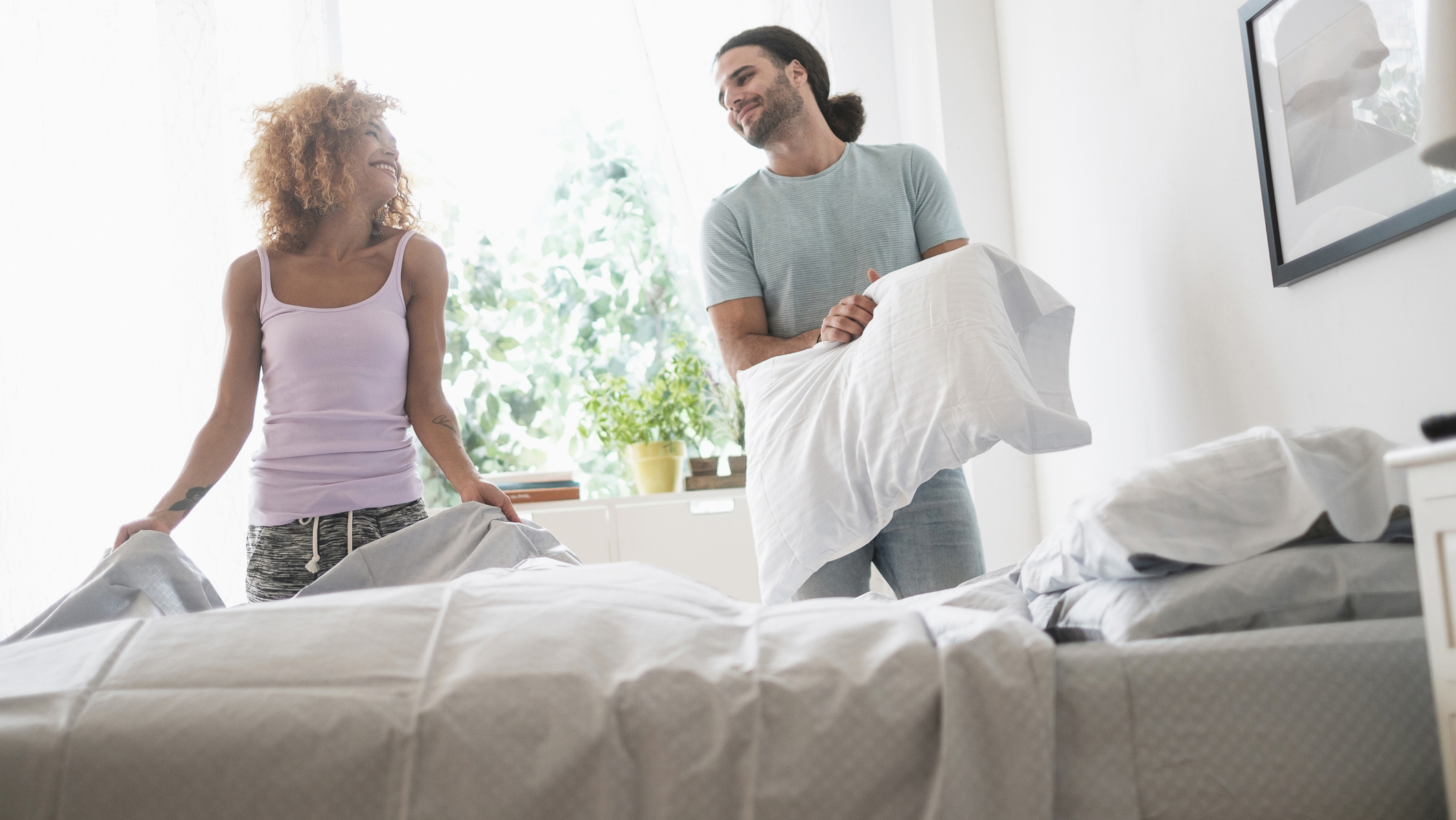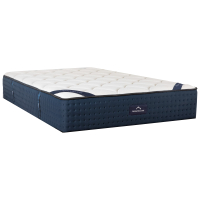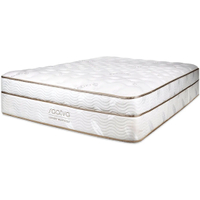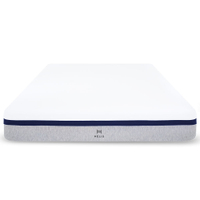Do you need to rotate a hybrid mattress?
Why turning your hybrid keeps it supportive for longer

If you want your best hybrid mattress to provide you with supportive sleep for as long as possible, you need to take good care of it. More often than not, that means you have to rotate your hybrid bed.
Rotating a hybrid adjusts where the pressure is placed overnight. Instead of always lying on the same springs and foams, causing them to repeatedly compress and eventually sag, your weight will be distributed to different parts of the bed. Rotating can keep your best mattress at its best. In this guide, we’ll dive into rotating a hybrid mattress, including when you don’t need to do it. For more information on how, when, and why to turn your bed, check out our guide to flipping and rotating mattresses.
Should a hybrid mattress be rotated?
Many hybrid mattresses do require rotation, to distribute pressure evenly across the bed and extend its lifespan. Most of us lie in (roughly) the same place every night, compressing the springs and cushioning materials of the hybrid design over and over. When you rotate a hybrid, you change where you lie, and the pressure is placed on another part of the mattress.
Hybrid mattresses typically need to be rotated every three months. By frequently rotating, you can limit sagging and enjoy better support and pressure relief. It’s part of the general upkeep – along with cleaning the mattress – that ensures your mattress lasts for longer.

Rotating a hybrid can be a little difficult, because the presence of springs mean they tend to be heavy beds (that’s one of the disadvantages of a hybrid mattress). However, it doesn’t need to be done very often, and it’s worth the effort for the comfort regular rotation will deliver. And on the flip side, most hybrid mattresses don’t need to be flipped.
But before you start moving your bed around, keep in mind that you don’t need to rotate all hybrid mattresses. Some hybrids feature zoned layers that are designed to only be used one way round.
When not to rotate a hybrid mattress
Some hybrid mattresses contain zoned support – extra reinforcement where your body needs it most. In many cases, this zoned support is at the center of the bed, so the mattress can be rotated without affecting the feel. However, sometimes this reinforcement is more localized, and rotating the bed will put the support in the wrong place. This will make the mattress uncomfortable to sleep on, and it can also affect the longevity.
If you’re not sure whether you need to rotate your hybrid mattress, check any information that arrived with the mattress when it was delivered, or head across to the brand website, where you should find the information you need.
Two hybrid mattresses that require rotating
DreamCloud mattress
One of our all time favorite hybrids, DreamCloud recommends rotating this mattress every three to six months. Consistent turning will help maintain the luxurious feel and super support that we noted during our DreamCloud mattress review.
Saatva Classic mattress
The Saatva Classic mattress is a premium hybrid that uses central zoning to support the lumbar and limit aches and pains. Saatva recommends rotating this bed after six months and then again yearly, to keep that luxurious surface in the best condition. Learn more with our Saatva Classic mattress review.
And one that doesn't
Helix Midnight mattress
The Helix Midnight is one of the best mattresses for side sleepers, thanks to a softer feel that pairs cushioned comfort with a strong level of support. Helix says you don't need to turn the Midnight mattress... but you can if you want to.
Get daily insight, inspiration and deals in your inbox
Sign up for breaking news, reviews, opinion, top tech deals, and more.

Ruth is TechRadar’s Sleep Writer. She’s here to help you find the perfect sleep setup for your budget and personal preferences. As well as keeping a keen eye on everything that’s going on in the world of mattresses, she regularly speaks to experts to help you learn how to improve your sleep habits, whether that’s by debunking sleep myths or explaining the science behind it all. Prior to joining the TechRadar team, she wrote features and product guides for new parents hoping to get a decent night's sleep, as well as writing for a variety of online spaces.


